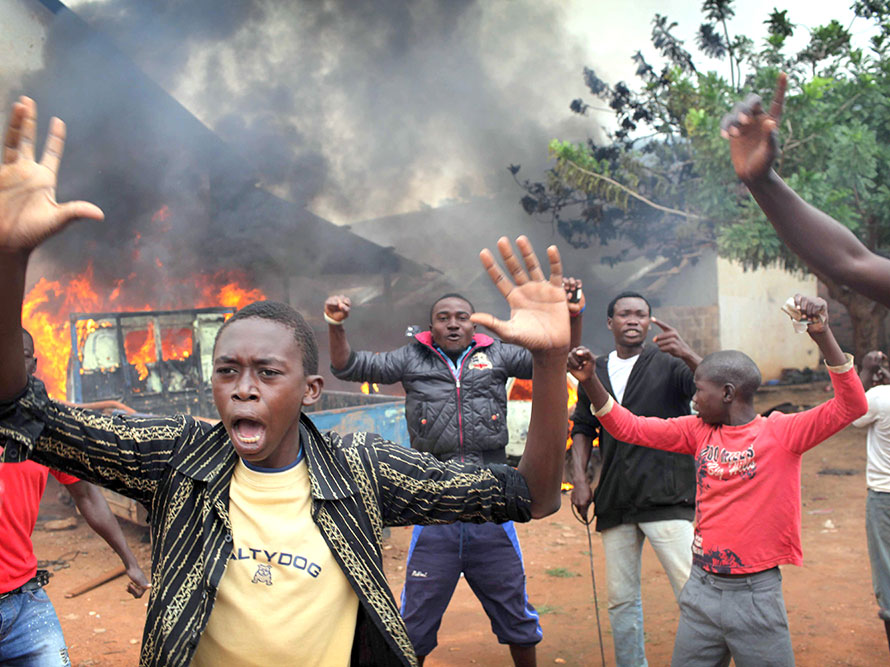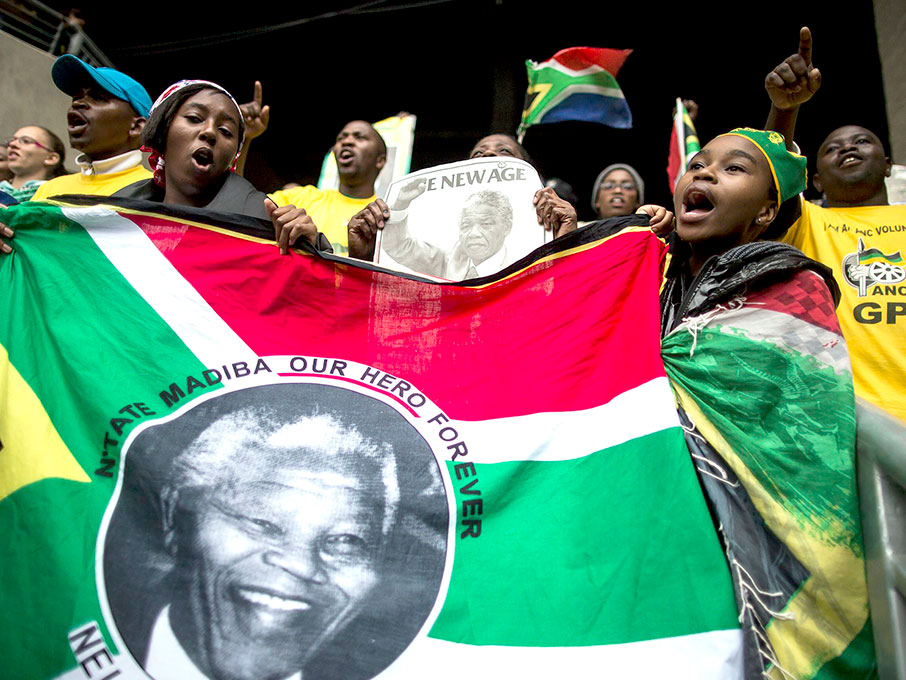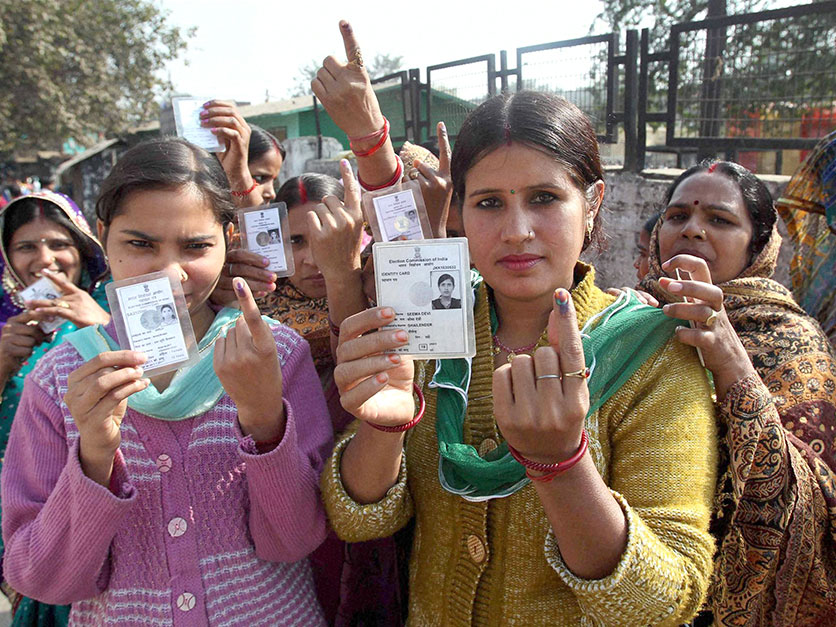During the last year, whoever paid attention to newspapers’ comments met a very strange trend. Breaking a long silence, public figures from various walks of life chose to speak frankly about their own fight with mental illness. In Great Britain, there was a quite well-known actor, entertainer and filmmaker who talked about his almost fatal fight with bipolar disorder. A member of Parliament wrote about his struggle with crippling depression, that had caused his indefinite absence from the House of Commons debates. In the U.S., a very popular televangelist spoke openly about his family’s grief and change of mind – they used to believe that prayer was enough to deal with the problem – after the suicide of his young son, a boy who was very much loved, gentle and smart, but didn’t resist the struggle with severe bouts of depression. At the same time, a mother wrote about the exhaustion of dealing daily, for years, with an already adult son who suffers from schizophrenia with psychotic episodes; even if he was conveniently monitored and medicated, in those moments, he was prone to aggressiveness and family life suffered badly. She was not complaining. She just wanted to make people aware that there are also harsh forms of love.
Last January, a quite well-known North-American columnist and author published a book eloquently titled “My Age of Anxiety” where, with the skills of a consummate communicator, he describes the mess that has been his life, in spite of his awards, achievements and a quite rewarding life as a husband and a father. He recognizes that this extreme form of anxiety runs in his family. He cannot forget the descent of his grandfather, a brilliant man, in a nightmarish state of dementia, and acknowledges that a similar fate can be in store for him, in spite of all the progress made by science since then. Many would ask: Can anxiety be so painful? After all, everybody feels it now and then. In the natural world, it is even necessary for survival; a low dose helps to keep us alert, as a warning against the dangers that surround us. The same applies to depression. Since the word became fashionable, people got the habit of saying: “Oh, today I feel so depressed!” when they just actually want to say: I feel particularly sad, or down, or exhausted today. But mixing clinical forms of anxiety and/or depression – which often appear together – with just a bad mood is much worse than taking a common cold for a life-threatening form of pneumonia. And the suffering involved is as comparable as to a light breeze and an internal typhoon!
THE BURDEN OF ANXIETY
The uncertainty that dominates the modern world, particularly since the 2007/2008 financial collapse and the great recession that followed, is enough reason to be anxious. In the western world, people are losing not only their jobs, their houses, their pensions, the state social benefits that helped them to face ‘rainy’ days, but also hope for the future – to have a chance to study and to be well treated in public institutions when they grow too old or too ill. In a few years, what people took for granted does not exist anymore, and tomorrow is a big question mark. This lack of a “social safety net’ is in itself a source of anxiety, as people living in very poor or developing countries know so well. But the above mentioned author, Scott Stossel, has the privilege of leading a quite safe and comfortable life. That’s why, not ignoring the general picture, he chose to write about his particular “age of anxiety.”
An excerpt of his eloquent testimony follows: “On ordinary days, doing ordinary things – reading a book, lying in bed, talking on the phone, sitting in a meeting, playing tennis – I have, thousands of times, been stricken by a pervasive sense of existential dread and been beset by nausea, vertigo, shaking, and a panoply of other physical symptoms. In these instances, I have sometimes been convinced that death, or something somehow worse, was imminent. Even when not actively afflicted by such acute episodes, I am buffeted by worry: about my health and my family members’ health; about finances; about work; about the rattle in my car and the dripping in my basement; about the encroachment of old age and the inevitability of death; about everything and nothing. At various times, I have developed anxiety-induced difficulties breathing, swallowing, even walking; these difficulties then become obsessions, consuming all of my thinking.
“I also suffer from a number of specific fears or phobias. To name a few: enclosed spaces (claustrophobia); heights (acrophobia); fainting (asthenophobia); being trapped far from home (a species of agoraphobia); germs (bacillophobia); cheese (turophobia); speaking in public (a sub-category of social phobia); flying (aerophobia); vomiting (emetophobia); and, naturally, vomiting on airplanes (aeronausiphobia).”
The reader may ask: Didn’t he have access to an adequate treatment? Yes, he had: “In short, I have been, since the age of about two, a twitchy bundle of phobias, fears and neuroses. And I have tried, since the age of 10, when I was first taken to a mental hospital for evaluation and then referred to a psychiatrist for treatment to overcome my anxiety in various ways. But none of these treatments have fundamentally reduced the underlying anxiety that seems woven into my soul and hardwired into my body and that at times makes my life a misery. As the years passed, the hope of being cured of my anxiety has faded into a resigned desire to come to terms with it, to find some redemptive quality or mitigating benefit to my being, too often, a quivering, quaking, neurotic wreck.”
LOSING $50 BILLION A YEAR
The author doesn’t ignore the grim reality suffered by those whose families have not been enlightened nor the means to have expensive therapies and medication: “Anxiety and its associated disorders represent the most common form of officially classified mental illness in the United States today, more common even than depression and other mood disorders. According to the National Institute of Mental Health, in some 40 million American adults, about one in six, are suffering from some kind of anxiety disorder at any given time. A study published in the American Journal of Psychiatry in 2006 found that Americans lose a collective 321M days of work because of anxiety and depression each year, costing the economy $50B annually. In 2012, Americans filled nearly 50M prescriptions for just one anti-anxiety drug: alprazolam, the generic name for Xanax.
It’s not just Americans who suffer from it. A report published in 2009 by the Mental Health Foundation in England found that 15% of people living in the United Kingdom are currently suffering from an anxiety disorder, and that rates are increasing: 37% of British people report feeling more frightened than they used to. A comprehensive global review of anxiety studies published in 2006 in the Canadian Journal of Psychiatry concluded that as many as one in six people worldwide will be afflicted with an anxiety disorder for at least a year during some point in their lifetimes. Of course, these figures refer only to people, like me, who are, according to the somewhat arbitrary diagnostic criteria, technically classifiable as clinically anxious. But anxiety extends far beyond the population of the officially mentally ill. Primary care physicians report that anxiety is one of the most frequent complaints driving patients to their offices – more frequent, by some accounts, than the common cold.”
THREE QUARTERS WITHOUT TREATMENT
One is easily tempted to attribute this condition to the stressful lives of modern and mainly western societies. But that is not true. Anxiety is not even the worst of mental illnesses. And they are not most common in western societies. In fact, the World Health Organization, which has an action plan to fight this form of “pandemic” until 2020, states: “Mental, neurological, and substance use disorders are common in all regions of the world, affecting every community and age group across all income countries. While 14% of the global burden of disease is attributed to these disorders, most of the people affected – 75% in many low-income countries – do not have access to the treatment they need. The W.H.O. Mental Health Gap Action Program (MHGAP) aims at scaling up services for mental, neurological and substance use disorders for countries especially with low- and middle-income. The Program asserts that with proper care, psycho-social assistance and medication, tens of millions could be treated for depression, schizophrenia, and epilepsy, prevented from suicide and begin to lead normal lives – even where resources are scarce.”
Mental, neurological and substance use disorders are usually related. For instance, the anxiety disorder of which Stossel suffers is connected with a malfunction of the amygdala, a small part of the brain. The author also says frankly that, beyond the dozens of drugs that were prescribed to him during his lifetime, he also drank a lot, a way to try to deal with the pain and be able to function. Along with decades of therapy, he tried also almost everything, from prayer to meditation. But only God knows how difficult it is for an anxious person to keep his mind at rest. In his case, there is another factor: from his mother side, there is at least one case per generation, which points to a genetic connection. Other mental illnesses are being studied: for instance, scientists discovered that people who suffer from schizophrenia and bipolar disorder present the same kind of genetic marks, but they are not absolutely identical.
Even the use of drugs is a complex reality. Some defend that, while sometimes they can be the origin of the manifestation of the symptoms of some mental diseases, they are in themselves a symptom of a pre-existent condition, as in Stossel’s alcohol abuse. Almost all the street children in the world use a cheap drug – glue is one of them – to numb their sentiments and not to feel so desperately miserable. Of course, they – and society – will pay later a heavy cost: the quick degradation of cognitive capacities, violence and crime. It’s obvious that people who live in inhumane conditions are prone to addiction and/or mental illness. The lack of a community spirit and the easy erosion of affective liaisons undermine their self-esteem and the ability to cope with the permanent challenges of survival.
THE POST-WAR SYNDROME
In time of war, everything is seen through a magnifying lens. Only some decades ago, after the Vietnam war, the U.S.A. began to face a condition that would be later called post-traumatic syndrome (PTS). Now, when those enlisted in Iraq and Afghanistan are returning in droves, the terrible shadow of PTS is showing again its darkest side: after being surrounded by the carnage, often seeing friends suffering an atrocious death or being forced to kill civilians in no less atrocious ways, many of the former combatants are opting for killing themselves. The ghosts that torment them are so powerful that, right now, more are dying in their own country than in the battlefields.
This is not exclusive of the U.S. army. Many of the Congo girls and women who were systematically abused as an act of war lost their minds, as thousands of child soldiers recruited in Uganda and neighboring countries by the infamous warlord Joseph Kony. PTS, if not conveniently treated, can haunt those who survived the atrocities for the rest of their lives. And it doesn’t happen only in the battlefield. A devastating calamity, such as Typhoon Haiyan, can have a similar effect, especially among those who lost family members and friends and saw them disappear before their eyes. There is even a special kind of guilt associated with these sort of tragic losses: the guilt of survival.
FEARED AND PERSECUTED
Even if it is a terrible burden for those who suffer from it, mental illness is still silenced and stigmatized. People tend, at best, to face it as a non-existent problem; at worst, to blame, persecute and even kill the victims. Because, in many places, they are still seen as cursed by evil spirits. Or, simply, because people are afraid to see in them a reflection of their own “insanity” – a word that is not used anymore because there are no totally “sane” or “insane” persons.
A question remains: How do we deal with the early symptoms and treat effectively these kind of ailments in societies where people do not have enough money to be able to eat? In some experiments in Africa and Asia, communal therapists are receiving a basic formation that enables them to offer those in need the most fundamental healing experiment: listening to their sufferings. It’s just a first step, but an important one. And, the second, giving them some tenderness, because it is a powerful balm against the worst bruises. The others – hospitals and medication – are something that, hopefully, can be provided by civic, non-governmental, governmental and church organizations. It’s our duty to care for the sick, no matter if the affliction is in the body or in the mind.
























